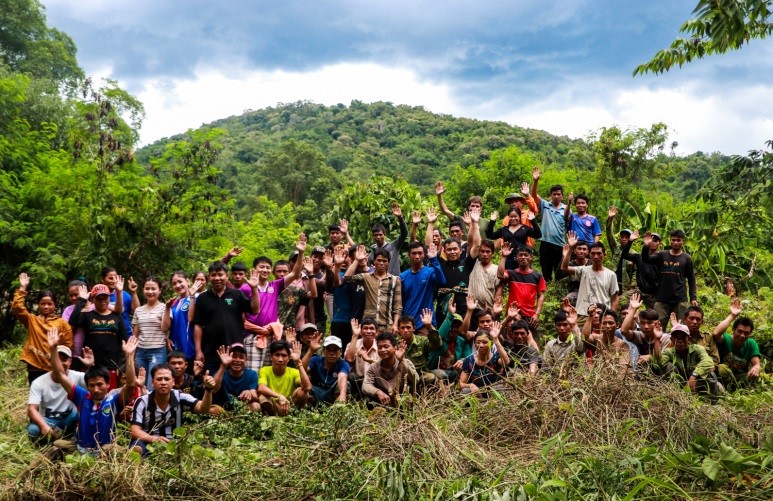 WCS Laos
WCS Laos
Restoring degraded forest to build resilience for Laos’ most important National Park

will be regenerated or replanted in 2024

of forest will be restored

supported under a conservation agreement
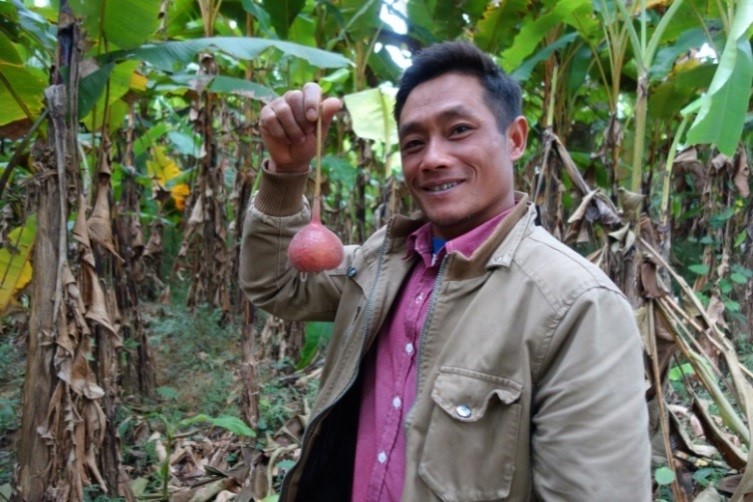
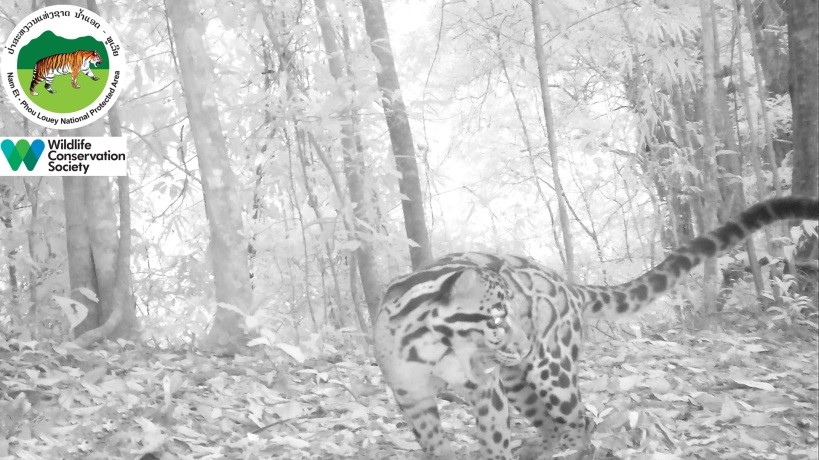
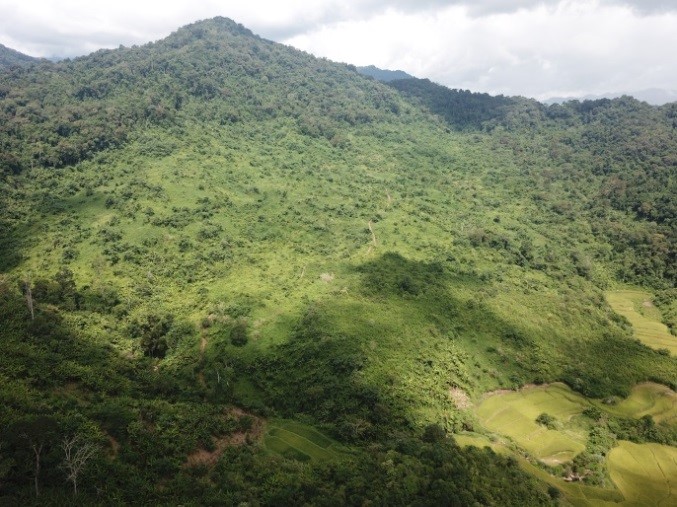
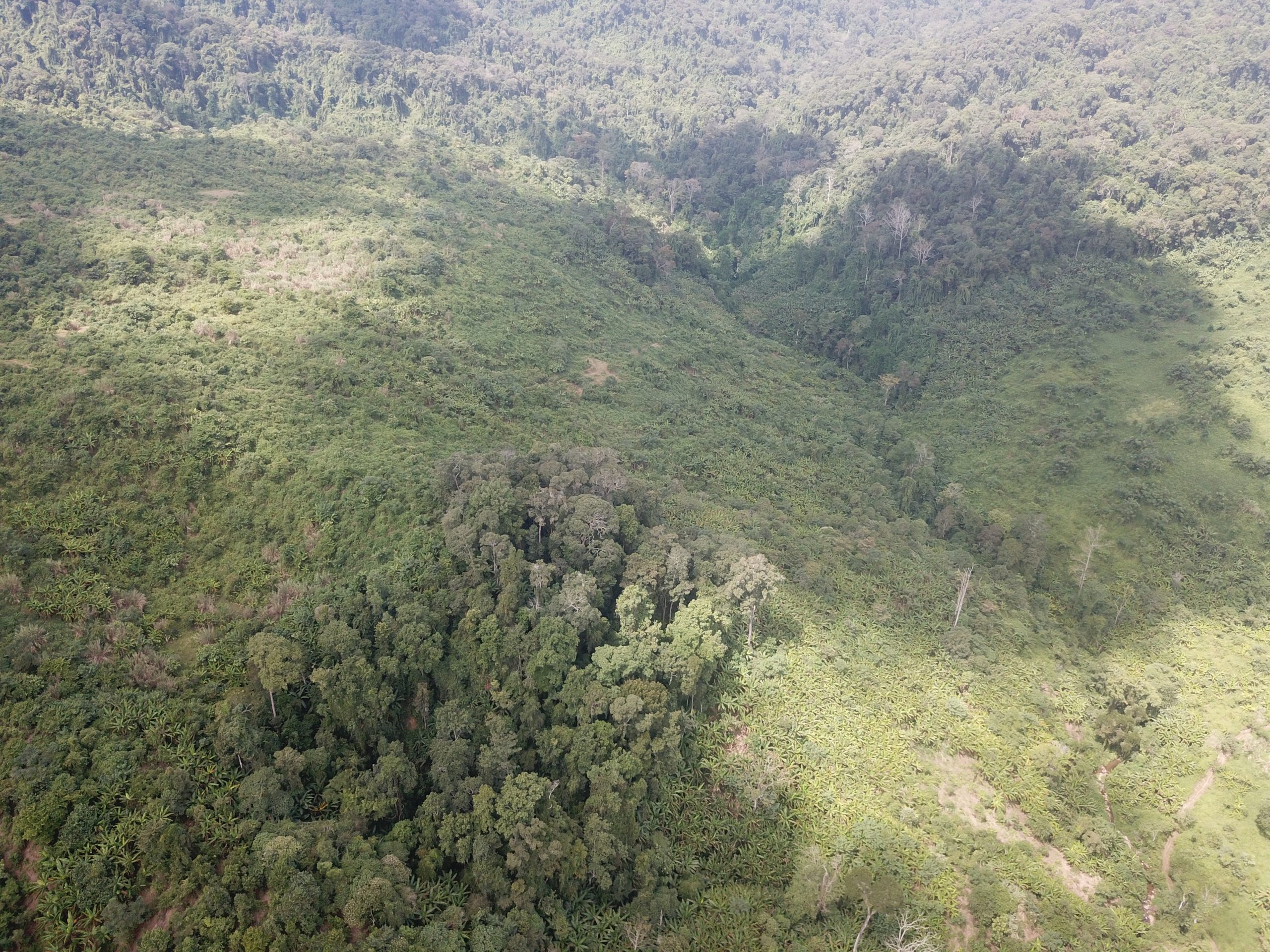
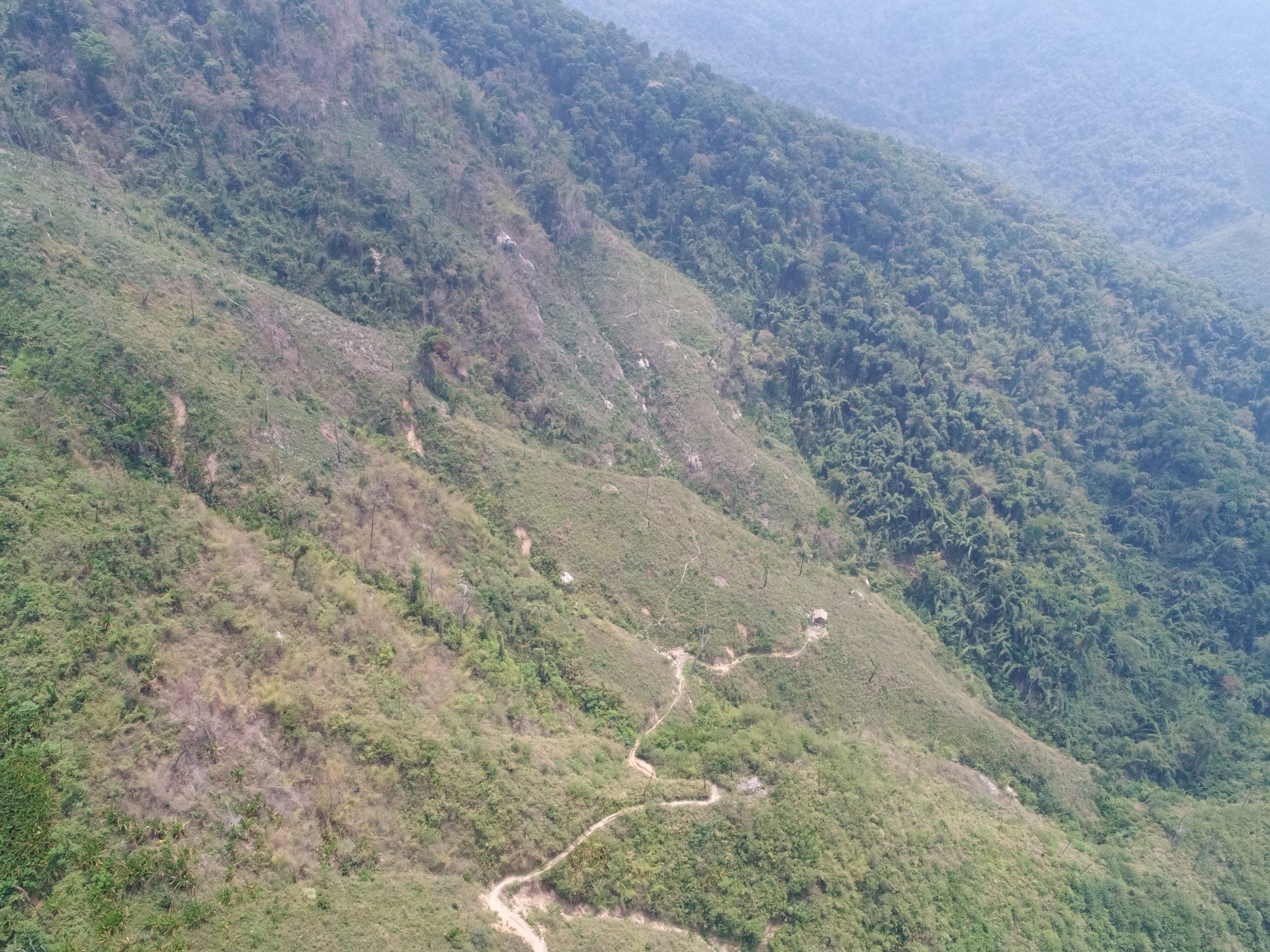
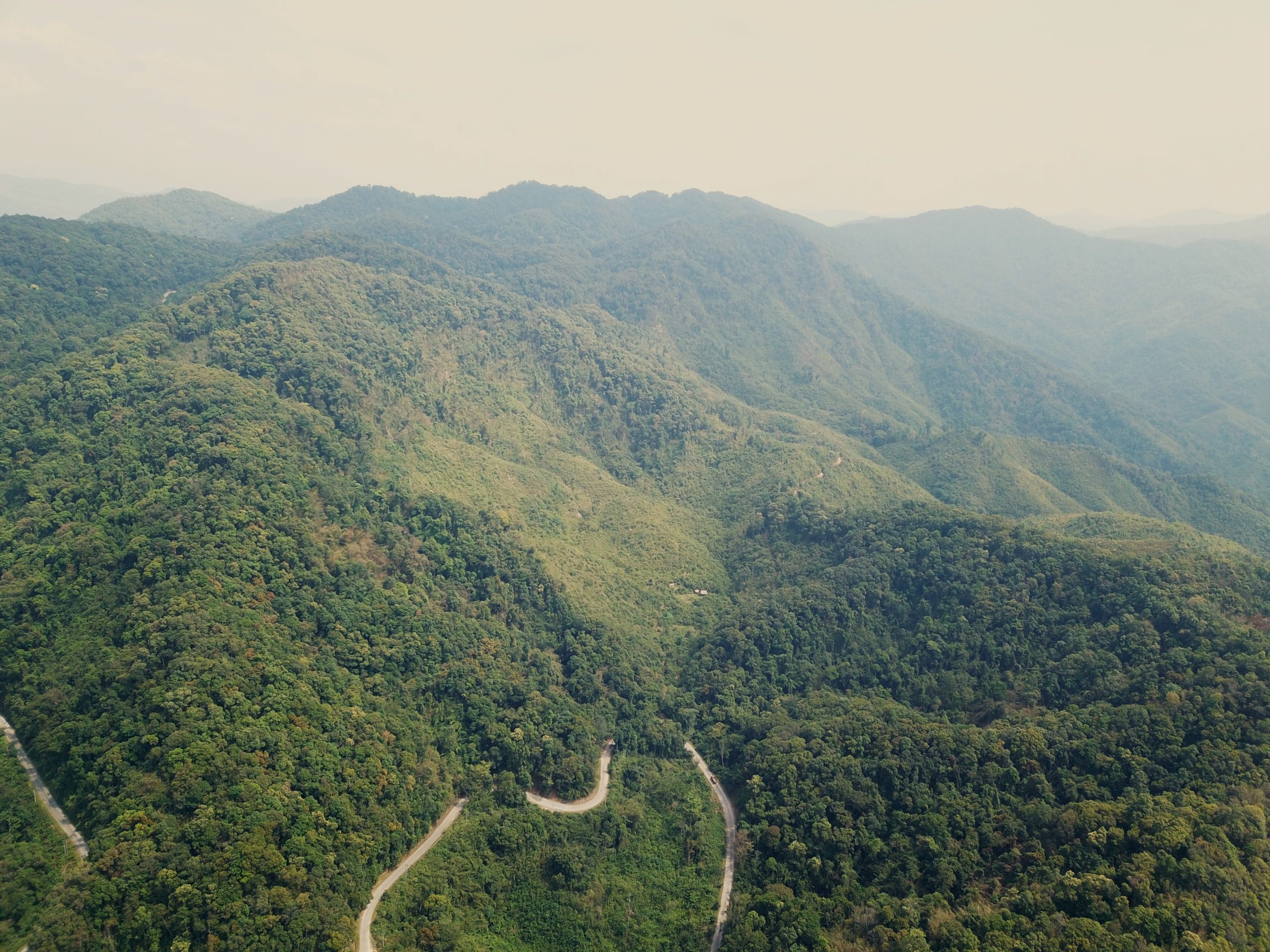


The Nam Et Phou Louey National Park Western Corridor Restoration Project will restore degraded forest areas to widen a key link between the northern and southern parts of the Park, vital for wildlife and to increase the overall resilience of the forest. Clearance of forest in this area between 2011 and 2016 threatened the viability of this corridor, and this project aims to rebuild forest resilience by widening the corridor. This will be done by rapidly accelerating forest regeneration through assisted natural regeneration techniques. The area is currently over grown with fire prone weed species and vine thickets, and without intervention is unlikely to recover in timeframes required for this area to provide a resilient wildlife corridor. All restoration activities will be carried out by local communities, providing important income and ownership of restored areas, that are within the Total Protection Zone of the National Park.
Many areas of the park are degraded by past human activities, with vines, grasses and weed species preventing forest regeneration. An estimated one third of the Park’s forests are degraded, having a canopy cover of 20% or less. Assisted Natural Regeneration (ANR) can stimulate natural forest re-growth. ANR techniques include activities such as weeding out invasive grasses, vine cutting, and the exclusion of fire and cattle. These techniques will be supported by wildlife friendly native tree planting in areas that need it. This kick-starting of natural regenerative processes has proven successful in the region and can be conducted by teams of trained community members, thus providing an additional income stream to often impoverished communities and households.
It is hoped that the project can be the catalyst for more widespread community-engagement in forest re-growth, reversing the loss of the Park’s unique biodiversity.
Demonstrating cost effective reforestation approaches that can be scaled up will also directly contribute to the Government of Laos Forestry Strategy target to achieve 70% forest cover across the country.
The Nam Et Phou Louey National Park is the largest Protected Area in Lao PDR (Laos) covering three Northern provinces – Houaphan, Luang Prabang, and Xieng Khouang. The park’s name comes from two of its defining features, the Et River and Phou Louey (“Forever Mountain”). The area is recognised as a Key Biodiversity Area that is home to 17 globally threatened bird species and 20 endangered mammals. This habitat is vital for the conservation of Critically Endangered (CR), Endangered (EN) and Vulnerable (VU) species, including Northern White Cheeked Gibbon (CR), Clouded Leopard (VU), Dhole (EN), northern pygmy loris (EN), big-headed turtle (CR), Indochinese grey langur (EN), Asian elephant (EN), rufous necked hornbill (VU) and Sambar deer (VU). The park also supports over 40,000 people from 91 adjacent communities, who directly benefit from its clean water, and from timber and non-timber forest products, harvested in the forest. The park is co-managed between the Lao National Department of Forestry, the 10 district governments in which the park is located, and the 91 Guardian Villages of the park (villages with land inside, overlapping, or adjacent to the park). Approximately half of the protected area is managed as controlled use zone for the sustainable harvest of wild plants and meat and the practice of traditional agriculture.
While the Park contains some of the largest remaining populations of endangered wildlife species, persistent and destructive threats remain. Illegal poaching, deforestation and habitat degradation has reduced the safe habitat for key wildlife species. Degraded areas can become suppressed by vines, grasses and weed species (particularly Chromolaena odorata, commonly known as Siam weed), which prevents forest re-growth. WCS works with communities to reduce these pressures on the forest through supporting alternative income sources and agro-biodiversity practices. By restoring these areas to functional forest systems, we can re-build the resilience of the ecosystem and increase the safe habitat for wildlife.
This project integrates well with the Guardian Village Model, as outlined in the Nam Et-Phou Louey 10-year Management Plan. In the management plan, Guardian Villages are an essential partner for park activities and benefit from the outcomes. These diverse benefits go beyond ecosystem services and include financial opportunities coming from the park (like tourism) and employment in essential park activities, such as boundary demarcation and ecosystem enhancement (reforestation as an example). Therefore, this project serves as a good opportunity to trial the inclusion of Guardian Villages in this type of activity. If successful, Guardian Village ANR projects may expand to more Guardian Villages, and to more areas inside the park degraded by past maize cultivation, over-grazing, and human-induced fires.
Lead Trillion Trees Partner: WCS
Two Guardian Villages: Ban Sakok and Ban Nampoung